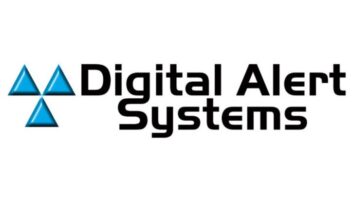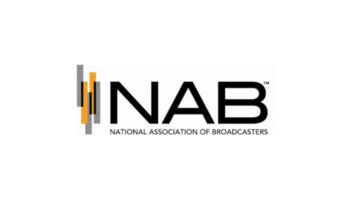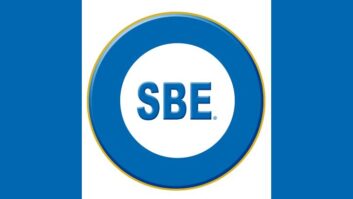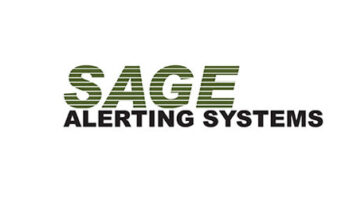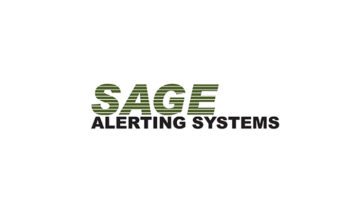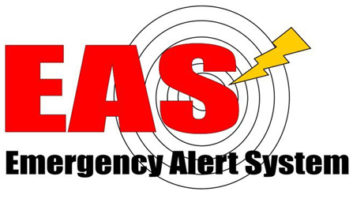The Society of Broadcast Engineers has thrown its support behind a proposal by the National Association of Broadcasters to allow stations and other EAS participants to use software-based alerting technology.
It is an important endorsement given that many of the organization’s approximately 4,000 members are intimately involved in the installation and use of EAS equipment and that engineers also are active in State Emergency Communications Committees.
In filed comments, SBE asked the FCC to move ahead, to “provide broadcasters with the flexibility necessary for them to voluntarily implement the best EAS solution for their station’s specific operational circumstances.”
The society said this “is not merely change for change’s sake” but vital to ensuring the continued viability of the Emergency Alert System. It also called the change a natural evolution of the national alerting infrastructure.
It said the issue has become more urgent now that Sage Alerting Systems — one of only two remaining primary manufacturers of encoding/decoding hardware — has ceased production.
SBE believes a majority of radio stations rely on Sage hardware for EAS reception and distribution, which raises concerns for EAS as a whole, given radio’s role in the nationwide daisy-chain method and that the complement of Primary Entry Point stations are all radio stations.
SBE agreed with the NAB that a “flexible software-based approach could meaningfully alleviate delays and other difficulties many broadcasters currently face when dealing with EAS equipment maintenance and repair.”
It said the change would allow products to evolve and provide a potential solution for stations whose dedicated hardware is no longer manufactured. Also, “Software solutions might allow stations to more readily implement future FCC or FEMA changes to the current alerting ecosystem.”
SBE said the commission “should not artificially limit EAS equipment solutions while permitting a wide range of options.”
It also sees no reason that “security and reliability concerns” should derail the NAB’s plan. Manufacturers and broadcasters have been “meaningfully engaged in ensuring the reliability and security of IP-connected EAS equipment for some time now,” SBE wrote.
Only minor rule changes would likely be required to implement NAB’s proposal, it added.
Nautel support
Also filing in support is transmitter manufacturer Nautel.
It said software-based EAS would provide more possibilities and increased flexibility for broadcasters. Audio over IP is a key technology for interfacing software-based radio applications, it noted, and Nautel asked the FCC to address the use of audio over IP protocols in order to facilitate software-based EAS approaches.
Nautel told the FCC that it and other industry participants have the technical capability to design transmitters that can participate in a fully software-based or software/hardware hybrid virtual approach. “Our company has shown how transmitters can act as a trusted platform that supports integrated software-based or hybrid EAS implementations.”
The company says it has demonstrated a hybrid solution that implements hardware-based EAS communications with a software-based radio air chain. The demonstration “validates that software-based EAS communications can be effectively integrated within a broadcaster’s software-based air chain, and that would hold, not only for hybrid approaches, but also for fully software implemented EAS approaches.”
It said NAB’s proposal would allow the use of hardware-based EAS solutions, software-based virtualized solutions, and hybrid virtual solutions operating autonomously at the broadcast “edge.”
As Radio World has reported, EAS product manufacturer Digital Alert Systems has urged the FCC to move with caution. The company has advocated a plan of its own for a hybrid virtual system that would still require a physical EAS device to insert EAS processing in the air chain.
Radio World will continue to report on filings of interest. Meantime you can read the NAB’s formal petition and more comments at the FCC website; type 22-329 into the Proceeding field.
